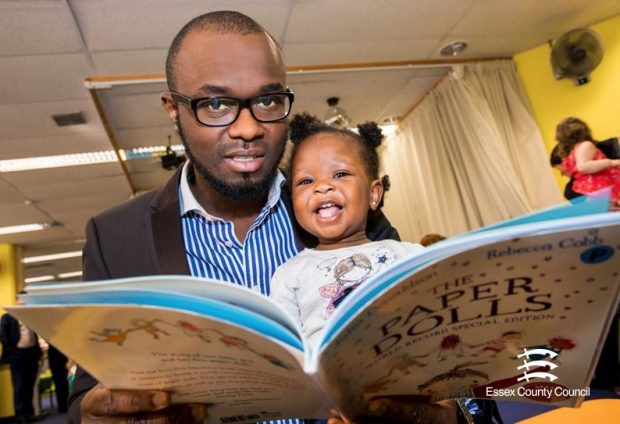[Editor’s note: Guest post written by Sarah Mears, Library Service Manager, Essex Libraries and Chair of the Young People’s Library Survey Group.]
Meaningful evidence about the impact of public library services on children and young people can be transformative for libraries in terms of the support they receive from partners, funders and stakeholders. Data gathered from children and young people themselves is particularly powerful. In December 2017, ASCEL published a report by CIPFA which analyses the results of the Young People’s Library Survey from 2014 to 2017. The data is drawn from 344 libraries representing 18 library services and over 40,000 children, young people and their families. It maps the results against the index of multiple deprivation.
The survey is divided into three age ranges; 0 to 7 (mostly completed by parents and carers), 7 to 11 and 11 to 16. It explores children and young people’s satisfaction with their libraries. The results demonstrate impacts in key policy areas such as reading for pleasure, early years and social equality.
Reading for pleasure
Despite the wide range of activities competing for children’s attention in libraries, reading for pleasure is still valued across all age ranges. For the youngest children, choosing books is the most popular activity they do in libraries, maybe because it represents a happy time both for children and parents as they share the pleasure of choosing and talking about books. 77% of older children said that the library had helped with “enjoying reading a lot” and, even among teenagers, 62% had borrowed at least one book from the library in the last term to read for pleasure.

Libraries really make a difference to children in the early years and this report provides some very positive evidence of the range of impacts they can make. For example, 82% of the parents responding said the library helps children get ready for school and 85% said that the library helped children with speaking and listening skills. On average, libraries were rated 9.2 out of 10 for the welcome they give families, 8.9 for child friendliness and 8.6 for family friendliness. It is a reminder that making our libraries accessible and convenient and “easy” for parents as well as children is really important.
Some of the most interesting findings in the report indicate the importance of libraries in areas of high deprivation. Children in these areas appear slightly more satisfied with their libraries than those living in less deprived areas. But understandably they don’t travel as far to get to the library. This is significant in terms of ensuring less affluent communities have easy access to libraries. Furthermore, children and young people in the most deprived areas also valued public libraries more in terms of helping with reading, homework, using computers, writing and even maths.
Ethnicity also has an impact on how much some library services are valued. Consistently children from Black and Asian backgrounds rated the support libraries offer in terms of completing projects and homework, using computers, writing and maths, more highly than other children.
The report is clear - children and young people who visit libraries love them. Overall, 74% of children gave their library 9 out of 10 or 10 out of 10. For the 7 to 11 year olds, this increased to 85%. Older young people were more discerning, but even in the 11 to 16 age group, 65% rated their library 9 out of 10 or 10 out of 10.
The report also gives a resounding ‘thumbs up’ for library staff. 67% of all participants (parents and children aged 0 to 11) scored the library 10 out of 10 for the helpfulness of staff. Teenagers are more likely to use books and computers before asking staff but, even in this age group, those young people who have sought help rated the helpfulness of library staff above books and computers.
It must be noted that this report reflects the views of children and young people in just 18 library services and doesn’t cover the whole country. However, over 40,000 respondents provide a rich data set and some important messages about the difference libraries can make to young lives and we encourage library services to delve into the report and actively use it.
Further information
For more information about the Young People’s Library Survey, please contact Jonathan Gordon at CIPFA jon.gordon@cipfa.org
------------------------------------------
Please note, this is a guest blog. Views expressed here do not necessarily represent the views of DCMS or the Libraries Taskforce